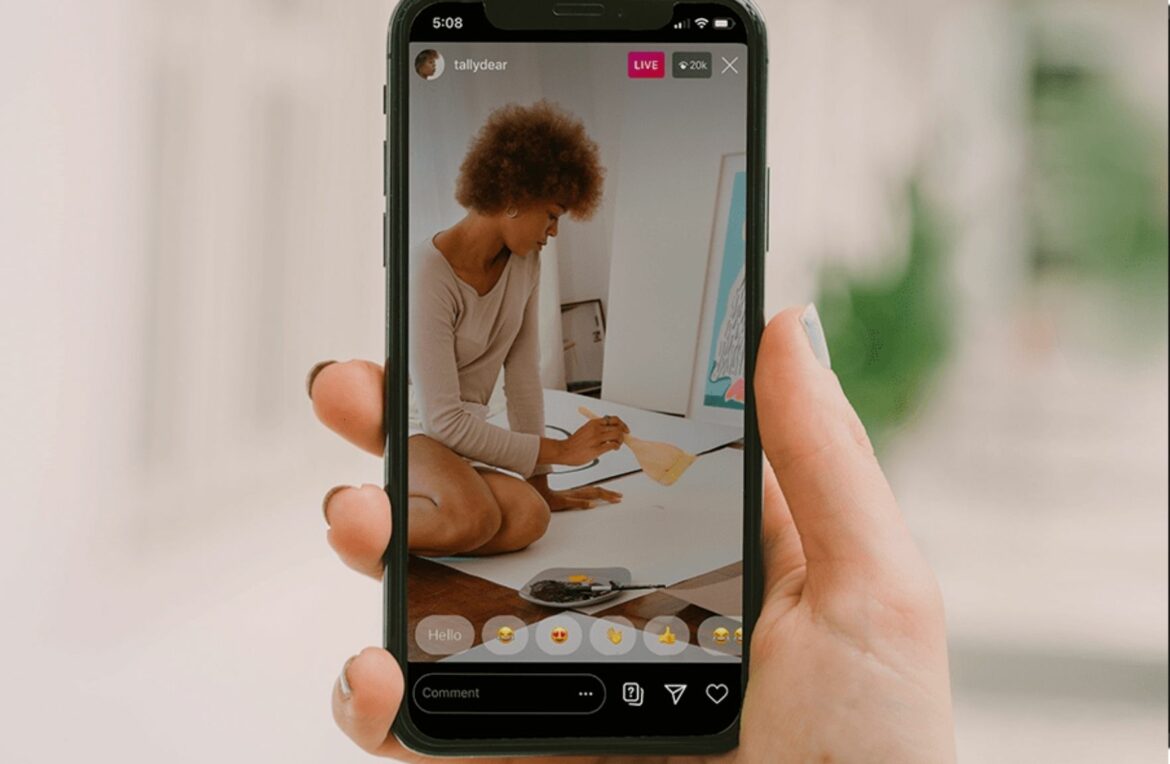Learn 9 expert tips for creating high-quality vertical videos that will maximize your social media engagement. Get ahead of the curve and start creating engaging content today!
Introduction
In the digital age, video content has become the king of social media. With the rise of vertical videos, brands and creators have an opportunity to create more engaging content for their audiences. However, creating a good vertical video requires a different approach than traditional video production. In this article, we will provide nine tips for creating better vertical videos that will capture the attention of your audience.
Why Vertical Videos Are Important
Vertical videos are important because they have become the preferred format for social media users. Vertical videos take up the full screen on mobile devices, creating a more immersive viewing experience. In fact, studies have shown that vertical videos have a higher completion rate than horizontal videos on social media platforms. By creating vertical videos, brands and creators can reach their audience in a more effective way.
Tip 1: Plan Your Shots
The first step in creating a good vertical video is to plan your shots. Before you start filming, you should have a clear idea of what you want to capture in your video. Make a shot list and storyboard your video to ensure that you capture all the shots you need. Planning your shots will save you time and make the editing process easier.
Tip 2: Use a Tripod or Stabilizer
Shaky footage can ruin a good video. To ensure that your vertical video is smooth and stable, use a tripod or stabilizer. A tripod will keep your camera steady and help you achieve a professional look. If you are filming on a mobile device, there are many affordable stabilizers available that can help you achieve smooth footage.

Tip 3: Mind Your Lighting
Lighting is key to creating a good video. When shooting a vertical video, you should pay extra attention to your lighting. Make sure that your subject is well-lit and that there are no harsh shadows. Use natural light whenever possible, and avoid shooting in direct sunlight. If you are filming indoors, use soft lighting to create a warm and inviting atmosphere.
Tip 4: Keep It Simple
When creating a vertical video, it’s important to keep it simple. Avoid cluttered backgrounds and distracting elements. Focus on your subject and keep the video visually appealing. Use simple compositions and avoid overcomplicating your shots.
Tip 5: Add Captions
Social media platforms autoplay videos with the sound off, so it’s important to add captions to your video. Captions make your video more accessible and allow viewers to follow along even if they can’t hear the audio. There are many tools available that can help you add captions to your video.
Tip 6: Utilize Motion Graphics
Motion graphics can add visual interest to your video and make it more engaging. Use motion graphics to highlight key points or add visual interest to your shots. There are many tools available that can help you create motion graphics even if you don’t have a background in animation.
Tip 7: Optimize for Sound Off
As mentioned earlier, social media platforms autoplay videos with the sound off. That’s why it’s important to optimize your video for sound off. Use text and visuals to convey your message instead of relying solely on audio. Consider adding sound effects or music to make your video more engaging.
Tip 8: Add Music
Adding music to your video can help set the mood and make it more engaging. Choose a song that fits the tone of your video and enhances the viewing experience. There are many royalty-free music libraries available that offer a wide variety of tracks to choose from.
Tip 9: Test Your Video
Before you publish your video, make sure to test it on different devices and platforms. Additionally, Check how it looks and sounds on both mobile and desktop devices. Moreover, you can make any necessary adjustments to ensure that your video looks and sounds great on all devices.
Conclusion
Vertical videos have become an essential part of social media marketing. By following the tips outlined in this article, you can create better vertical videos and capture the attention of your audience. Remember to plan your shots, use a tripod or stabilizer, mind your lighting, keep it simple, add captions, utilize motion graphics, optimize for sound off, add music, and test your video before publishing.
11,280 total views, 28 views today

Gloria, as a content manager at YoloLiv, driven by a great passion for global marketing, has devoted herself to this mysterious marketing world for almost 4 years. She also demonstrated a strong ability in content management and brand operation.


